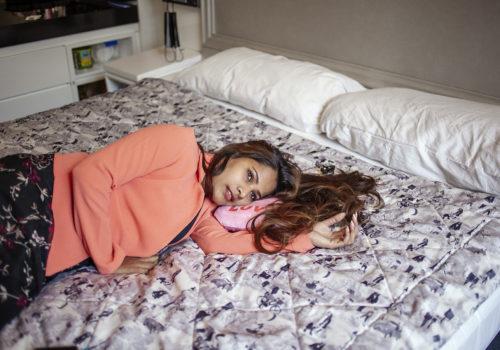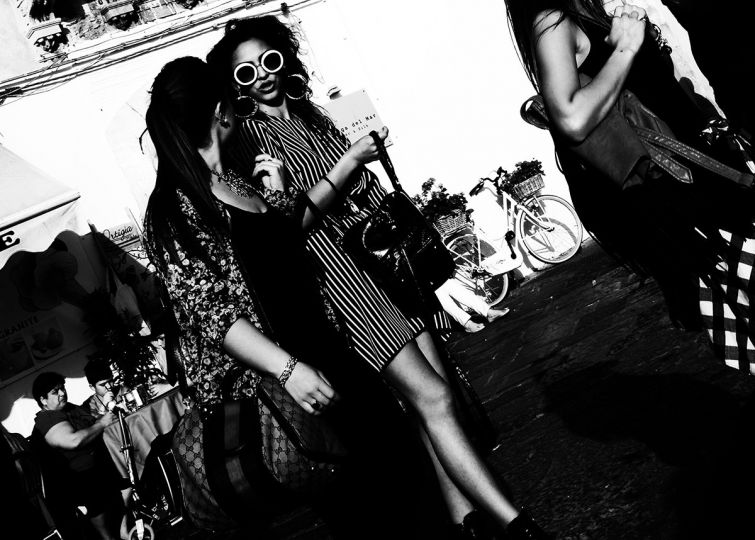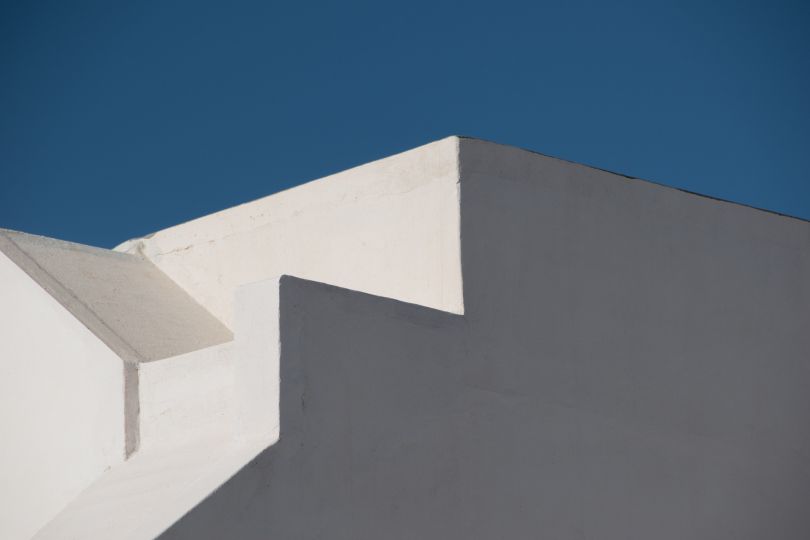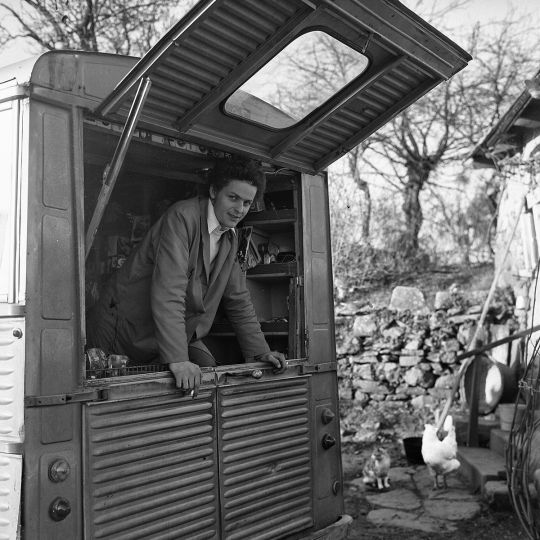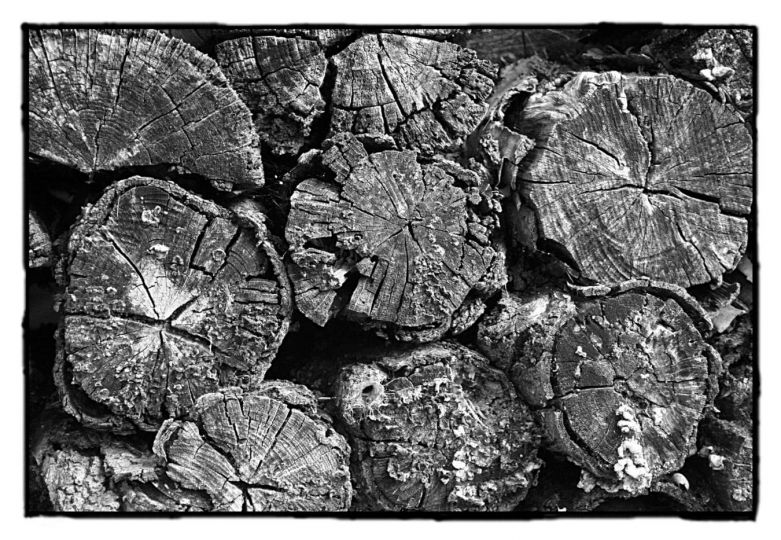Her name is Séverine Sajous. She sent us a very touching story. Here it is !
Nestled between the very chic Galeries Lafayette and the Opéra Garnier, in the heart of the opulent 9th arrondissement of Paris, a former five-star luxury hotel (the W), which has never reopened since the first confinement, has been transformed until July 2022 in an emergency reception center for 82 women and 63 children in exile. More than an emergency accommodation centre, the “L” center is intended to be a resting space. Like a bubble out of time to allow women to breathe, for a few months.
And in this slow reconstruction, comfort is important. The rooms, mostly individual, are spacious, bright, and equipped with soft king size beds – one of the last vestiges of the ounce luxury hotel.
“A room with a view” documents on the one hand this project which was born in the wake of the health and tourism crisis.
During the covid-19 crisis, many hotels were converted into emergency reception centers for the homeless, for a fixed period. The question then arose. What solutions are offered to all these temporarily accommodated people? What is the reality of this world of social emergency and that of these residents from all walks of life, that were”schlep around” according to the openings and closings of accommodation centers?
The Protestant Social Action Center (CASP), with whom I regularly collaborate as a photographer, opened this former luxury hotel of 145 rooms for a year before the owners transformed it into offices. This is how the W hotel, renamed the L hotel with its King Size beds, its rococo decoration, spacious rooms and hushed corridors, became a theater of sorority for these foreign women and children
During this year of respite, I shared the intimacy of this place and the lives of those living there. Femininity exuded from the high ceilings and Haussmann moldings. Here we had the right to dream, to feel good but also to feel beautiful despite the multiple traumas suffered: forced marriage, excision, modern slavery. Here we were reconciled with our own image, with our femininity.
After this sweet and comfortable parenthesis of life, it is with anxiety that these women and children apprehended the unknown of the near future, while keeping the hope of a bright tomorrow.
What happened to them? Where are they going to be “sent” ? To which geographical area? What type of reception will they be entitled to? It is difficult to project yourself when you discover yourself in a high standing location in France.
You will have to bare yourself again, talk to a new social worker, enroll your children in a new school, forge new links.
This raises the problem of the constantly fractured path of social support for emergencies, of the impossible anchoring in a territory. Without ambitious public policies, what will happen to these many hotels transformed into emergency accommodation centers during the health crisis? And above all, will their temporary residents have access to housing and be able to fit in? What view will their rooms have? A HLM, a CHU, a street?
A room with a view is made in two stages:
- The focus on the reconstruction and well-being at the heart of the vital process of these women and children. Sophisticated, elegant and original portraits were produced in creative consultation with the subjects, an air of fashion photography that revealed the invisible. In this luxury setting, the Migrants, Tourists, Expat dichotomy disappeared. These women and children are well represented, the visual force of the portraits reveals their resilience.
- In their rooms, archive photos, vestiges of their past and post-it notes of French words were stuck on the walls. I had access to the model room 219 to mount a visual installation in collaboration with residents and social workers. A photo-video booth with a pleated white sheet as a background had been set up as a goodbye to these walls.
A collage of photographs was made to leave a record and an open reflection of these new occupants. The hotel was destroyed to be transformed into offices by the company Assembly.
This photographic art installation and its own destruction symbolized both the precariousness of these lives, and that of social work.
I would like to thank everyone for their generosity, their trust, their support in our project.
Séverine Sajous

